Contents
Whether you’re starting your business or adding a new compressor to your setup, you need to choose the right air compressor to avoid inefficiencies. After deciding which type of air compressor you need, it’s time to decide on the sizing. We have made a complete guide for you to pick the right size of the air compressor.
Know your requirements
Know your requirements
The first thing you should do prior to buying anything is to know your needs and requirements. So note down the needs that you want from the air compressor. It must include the amount of work you need, current tools, air demand, power, and pressure needs. Calculate each tool’s demand individually and then add them up for an accurate finding of the total CFM. While calculating these requirements, leave some room for wastage and leakages in the total amount to avoid misconceptions.
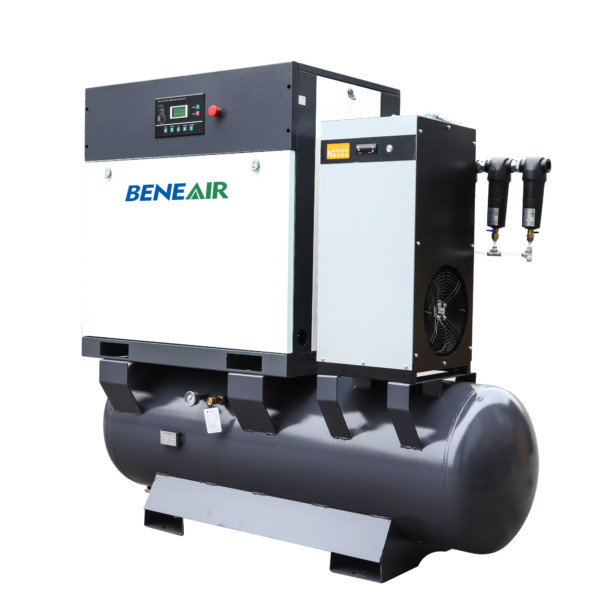
Calculate duty cycle
Calculate duty cycle
The amount of work you need comes under the duty cycle. It is the duration for which the machine runs and provides constant labor.
To calculate your duty cycle, you must determine your daily usage first. If you are already using a compressor and want to upgrade its size, then you might have an idea about how long your previous machine has been running.
A simple formula used to calculate the duty cycle is to divide the duration of the compressor running by the sum of the compressor on and compressor off.
Duty cycle % = Compressor on / (Compressor on + Compressor off)
On the other hand, if you’re a beginner and do not have a compressor prior, try to estimate the duration you need your compressor to run by assessing the daily performance.
Measure the area
Measure the area
Another thing that is not mandatory but should be kept in mind before moving the compressor to your site so you can improve the space accordingly.
You can assess the area where you plan to place the compressor by only observing. However, with proper measurements you will make the right decision. Buy the compressor size according to available space or increase the area if your requirements match a bigger compressor.
Calculate air demand
Calculate air demand
The most crucial factor that should be considered while deciding the size of an air compressor is the air demand.
It will help if you focus on the air consumption of each machine and the duration (for how long it is working in hours and how often in days). Also, note any leakages, loading, and wastage of air.
So calculate compressed air demand by calculating the air demand of each tool individually and then evaluating the total air demand. Such calculation might also enable you to lower future inefficiencies.
Airflow is measured in CFM, which is written on each device. Look at the device’s manual if you don’t find it there, check it on the product’s website. Once you have found the cfm of every tool that you need to run, add them up and find the total CFM.
For example, if there are three tools of 30 CFM each, the total CFM will be 90 CFM. Keep a margin of 25% wastage and leaks in the total CFM. In this CFM, add 25% and then evaluate the total cfm.
Total CFM = 90 + 25%
Total CFM = 112.5 CFM
Also, you have to multiply the total CFM with the duty cycle to get an accurate value. If the duty cycle is 80%, multiply it with 112.5 CFM.
Total CFM = 112.5 CFM x Duty Cycle
Total CFM = 112.5 CFM x 90%
Total CFM = 112.5 CFM x 0.9
Total CFM = 101.25 CFM
Hence, 101.25 CFM is the total CFM required by your tools to run efficiently.
Calculate the pressure needed
Calculate the pressure needed
After you get to know about the airflow and total CFM, now it’s time to measure another essential component, the pressure demand by the compressor. Do not mix air flow with pressure. Although the two of them are relatively common, they differ from each other.
Calculating the pressure is important to avoid an inefficient system. Pressure is the amount of force needed per unit area. Without enough force, the work required to perform will be incomplete or not done at all.
A very common example given to understand the physics of pressure is of a wooden block. When a wooden block is required to displace a table, it obviously needs some pressure to perform the work.
If a wooden block of 20 psig is used for an 80 CFM table and it does not move, it is apparent that it needs more pressure. So a 20 psig or even 30 psig can not do the work done by 40 psig for 80 CFM. Note that this is just an example and assumed values, not the accurate pressure required for 80 CFM.
To calculate pressure requirements, you can check on the user’s device manual. Unlike CFM, you don’t need to sum up the total psig. Just notice the greatest amount of psig required by any device.
For example, if you’re planning to run three devices on the compressor, one needs a pressure of 10 psig, while the other needs 20 and 30 psig. So the greatest amount of 30 psig is the total pressure demand.
A rough idea of pressure needed by air or pneumatic tools is 90 to 100 psig, while the tire change requires up to 150 psig. The pressure also differs according to the phase change.
Check your voltage
Check your voltage
After checking the significant components, now check some minor ones just to make sure of compatibility. Match the voltage of the compressor with your area. Also, check if it is single, double, or three-phase.
The average voltage needed by an industrial air compressor is 220V or it may rise upto 400V. Check if these voltages are available in your area or not. You can also take an idea from a professional electrician in this regard.
Determine tank size
Determine tank size
Another minor component you must consider is the size of the receiver tank. It must be based on the CFM requirements. Usually, five gallons is required per cfm. So measure your tank size according to your CFM needs.
The standard size of a receiver tank in an air compressor is 120 or 240 gallons.


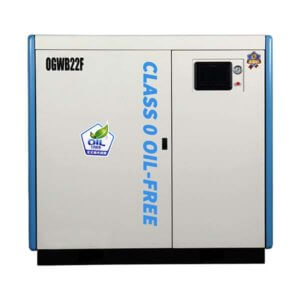
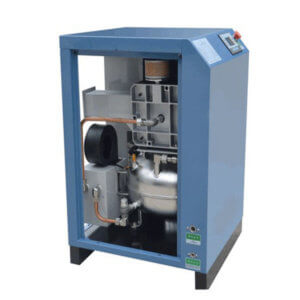
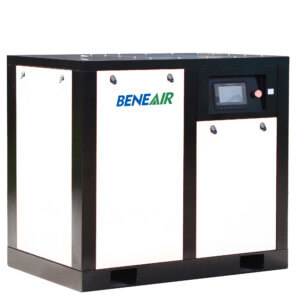
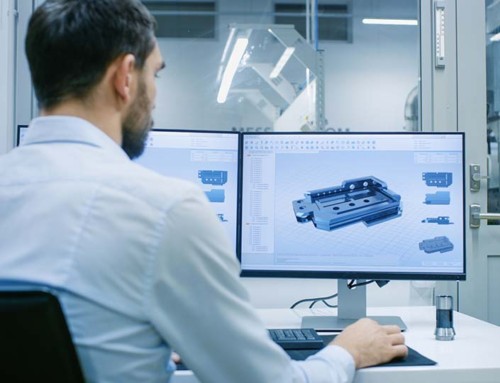


Leave A Comment